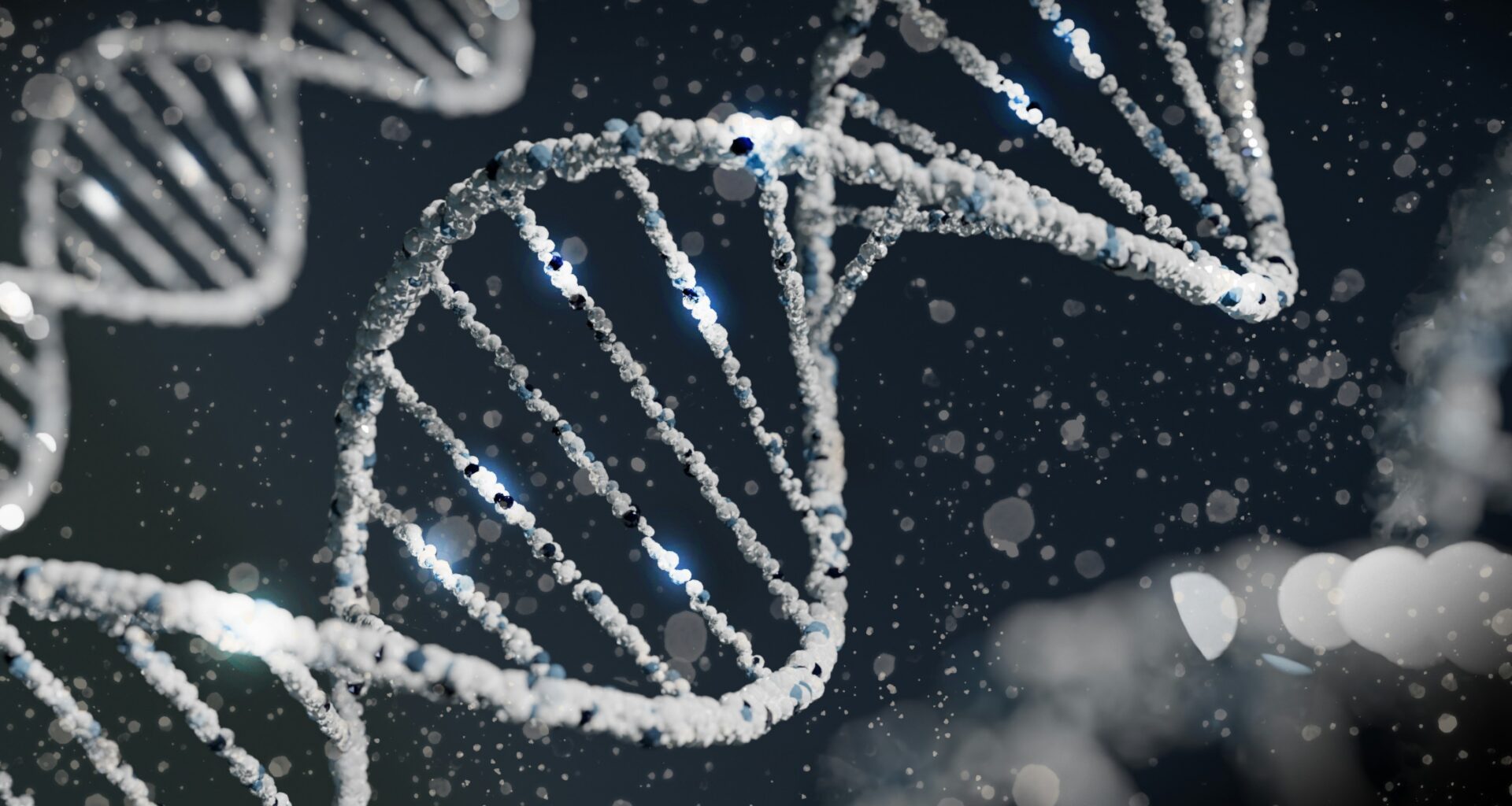The discovery of DNA and its role in genetics marks one of the greatest scientific breakthroughs in human history. DNA, short for deoxyribonucleic acid, is the molecule that stores the genetic instructions every living organism needs to develop, survive, and reproduce. These instructions are passed down from one generation to the next, making DNA the blueprint of life.
Understanding DNA’s structure and function has revolutionized biology and medicine, giving rise to the modern field of genetics. This discovery has helped scientists explain how traits are inherited, how genetic diseases occur, and how organisms evolve. But this knowledge did not come all at once — it was built on decades of research and key findings by many scientists.
The Early Days of DNA Research
The first step toward discovering DNA came in 1869, when Swiss chemist Friedrich Miescher isolated a substance from white blood cells he called “nuclein.” At the time, no one knew what it did. For many years, scientists believed that proteins — with their complex structures — were responsible for carrying genetic information, not DNA, which seemed too simple.
It wasn’t until the 1940s that researchers began to understand DNA’s true role. In 1944, a team led by Oswald Avery showed that DNA was the substance that caused bacteria to transform — a key piece of evidence proving that DNA, not protein, carried genetic information.
Another breakthrough came in 1952, when Alfred Hershey and Martha Chase conducted an experiment using viruses and radioactive markers. Their results confirmed that DNA was the material that viruses used to infect cells and reproduce — further strengthening the case that DNA was the molecule of heredity.
Watson, Crick, and the Double Helix
The most famous moment in the history of DNA came in 1953, when James Watson and Francis Crick announced they had uncovered the structure of DNA. Using data from Rosalind Franklin’s X-ray diffraction images — which revealed the shape of the DNA molecule — they proposed the now-famous double helix model.
In this structure, DNA is made of two long strands twisted around each other like a spiral staircase. These strands are made up of smaller units called nucleotides, each containing a sugar, a phosphate group, and one of four nitrogen bases: adenine (A), thymine (T), cytosine (C), and guanine (G). The bases pair up in a specific way: A with T, and C with G. This pairing system allows DNA to copy itself accurately during cell division, ensuring that genetic information is passed on correctly.
Watson and Crick’s model explained not just the structure of DNA, but also how it works — how it replicates, stores information, and mutates. For this work, they shared the 1962 Nobel Prize in Physiology or Medicine with Maurice Wilkins. Rosalind Franklin, whose work was essential, sadly died before she could be recognized.
Why DNA Matters
Understanding DNA has transformed science and medicine. It led to the development of genetic testing, gene therapy, DNA fingerprinting, and genetically modified organisms (GMOs). It also made possible the Human Genome Project, completed in 2003, which mapped all the genes in human DNA. This project opened the door to personalized medicine and helped scientists identify genes linked to various diseases, including cancer, diabetes, and rare genetic disorders.
In forensic science, DNA evidence is used to solve crimes, identify remains, and free wrongly convicted individuals. In agriculture, genetically modified crops help increase food production and resistance to pests. In medicine, DNA research supports the development of vaccines and new treatments for genetic diseases.
Conclusion
The discovery of DNA was not just a scientific milestone — it was a turning point in how we understand life itself. From early isolation of mysterious molecules to the stunning revelation of the double helix, scientists have slowly unlocked the code that makes life possible. Today, DNA continues to be at the center of innovation in science, medicine, and technology. Its discovery has reshaped biology and will continue to shape the future of human health and understanding for generations to come.
